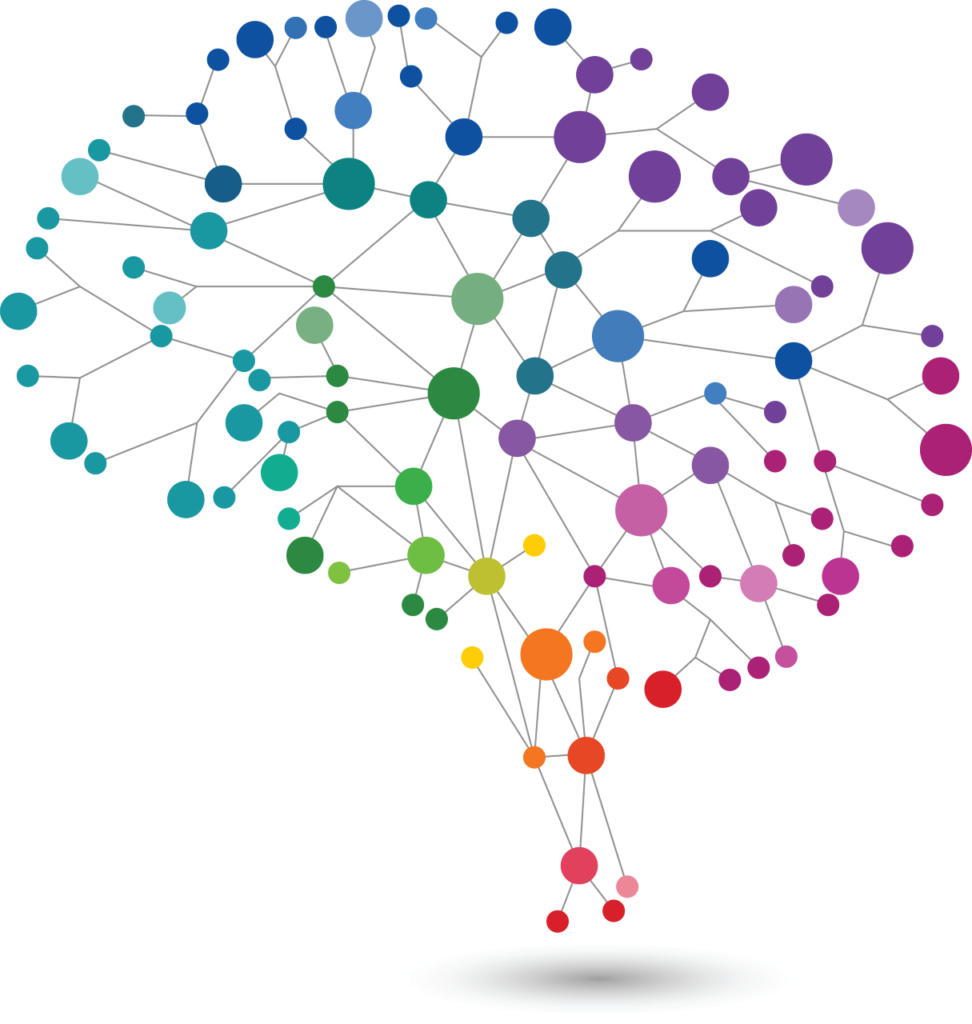Focus on: Thinking and Problem Solving
On Sunday, August 24, 2014, data from hundreds of thousands of users of the Jawbone Up device was streaming into Jawbone’s servers. This was a wireless device that measures fitness data and things like sleep/wake cycles (like aFitbit). At 3:20 am, 93% of users in California’s Napa, Sonoma and Vallejo areas woke up. At that same time but just a little further away, about 55% of users in the San Francisco and Oakland areas woke up. The data showed a continuing tapering-off effect, the further away the users were, geographically, the fewer that woke up. Data scientists realized that while they weren’t intending to detect an earthquake, that’s exactly what they were seeing. You would only see this pattern, though, if you were looking outside the tiny thinking box of individual user data. You’d have to consider data that at first might seem unimportant. You’d also have to have the mindset to recognize that your data can always tell you more than what it was originally designed for.
Outside-the-box thinking, looking beyond what the data was originally designed for, allows us to have deeper insights and see unusual patterns. For example, at Jawbone, they could see that men who drink beer before bed get about an hour less sleep per night on average and that the Super Bowl interrupts sleep more than the World Series. Insights that mean something if you’re in the health data business.
We have to break out of what we psychologists call “functional fixedness” which is seeing things as only working a particular way or only using something for the purpose for which it was originally designed. The opposite of functional fixedness is cognitive flexibility, one of the most valuable skills for us to possess according to industry leaders. In a survey of more than 1,000 CEOs by PWC, more than 75% said it was hard to find employees that had this type of cognitive flexibility. Part of our problem is that our brains love mental shortcuts which give us the quickest route from A to B. It takes effort to break out of this box, but practice will strengthen these mental muscles. Ask yourself good questions. Look for similarities in things that appear different and look for differences in things that appear similar. Could data you gather for one purpose at your organization tell you something related to an entirely different subject? The answer is always yes, you just need to use thinking strategies to get out of that box.
